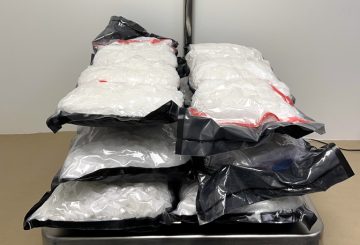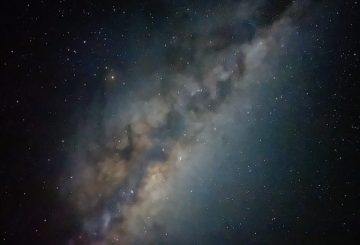政府将在未来几年花费超过4亿美元提高国防人员的工资,以应对创纪录的武装部队自然减员率。
英国首相克里斯·希普金斯在伦敦参加国王加冕典礼为期一周后,于周一回到惠灵顿,宣布了关于国防开支的预算前公告。
希普金斯说,目前国防人员的工资 “不公平”,导致人员流失。
在疫情后的劳动力市场紧张的情况下,国防军在两年内损失了30%的军警人员。支付给许多人员的工资大大低于私人市场的工资——大多数国防工作至少比文职人员低5%,有些甚至高达18%。
据《邮报》周一早些时候报道,5月18日预算中分配给国防的一揽子计划将包括2.43亿美元的国防资产和基础设施,以及4.19亿美元的工资和另外8500万美元的国防基地住房。
国防工资连续四年增加4.19亿美元,实际上使国防军每年的10亿美元工资账单增加了10%。
国防部长空军元帅凯文·肖特在4月表示,国防部将向其工作人员提供6000万美元的一次性补助金,以阻止他们走出大门,并表示在即将出台的预算中至少还需要6000万美元来提高工资和留住人员。
国民党一直在敦促政府承诺增加国防开支,批评说,如果在未来的预算中增加拨款,预计未来几年国防开支将下降。
国民党获得的数据显示,362名士兵(占正规部队的4%)的工资低于每小时26美元的生活工资。
来源:sun live.co.nz





























































